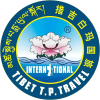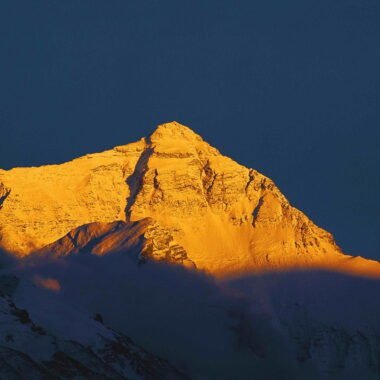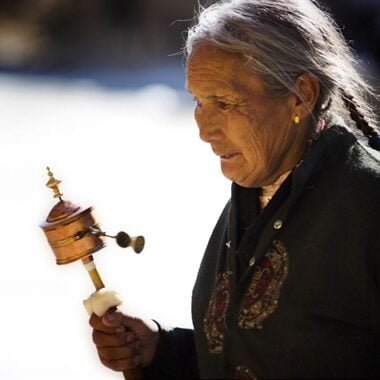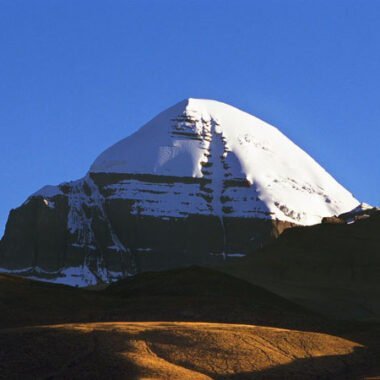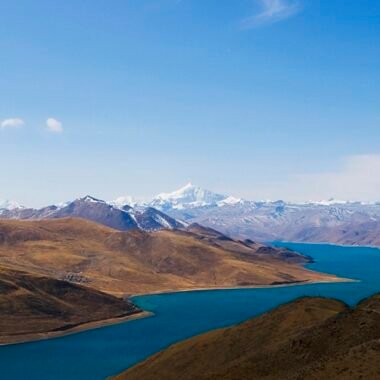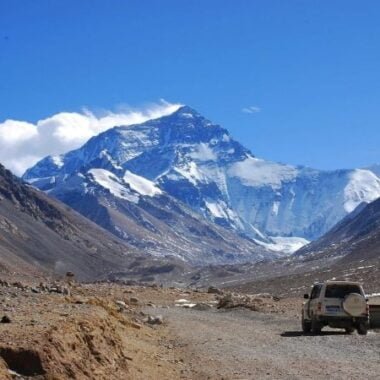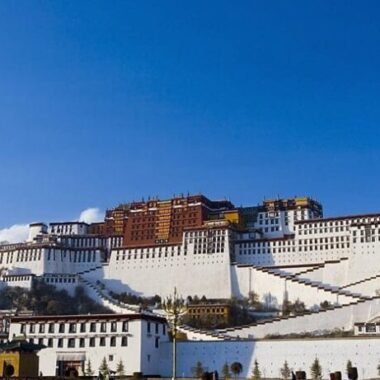The Ultimate Tibet Packing List: Gear Up for Everest, Lake Namtso & Beyond
Packing for Tibet isn’t just about throwing a jacket into a suitcase. With temperatures swinging from scorching sun to freezing nights, oxygen…
Packing for Tibet isn’t just about throwing a jacket into a suitcase. With temperatures swinging from scorching sun to freezing nights, oxygen levels dropping by 50%, and remote areas lacking shops, every item in your backpack matters. Whether you’re trekking to Everest Base Camp or marveling at Lake Namtso, this guide ensures you’re prepared for the extremes.
Clothing: Master the Art of Layering
Tibet’s weather is unpredictable—think blazing UV rays at noon and sub-zero winds after sunset. Follow this layering system:
1. Base Layer (Moisture-Wicking):
- Merino wool or synthetic thermal tops/bottoms (2–3 sets).
- *Avoid cotton*—it traps sweat and chills you.
2. Mid Layer (Insulation):
- Fleece jacket or down vest.
- Stretchy hiking pants (convertible to shorts for lower elevations).
3. Outer Layer (Weather Protection):
- Windproof/waterproof jacket (e.g., Gore-Tex).
- Heavy down jacket for Everest nights (rated -10°C/-15°C).
4. Accessories:
- Wide-brimmed hat + neck gaiter (for sun and dust).
- Glacier sunglasses (UV400+ with side shields).
- Warm gloves (touchscreen-friendly for photos).
Footwear: Tackle Rugged Terrain Safely
– Hiking Boots:
Ankle-supporting, waterproof boots (e.g., Salomon Quest 4). Break them in before the trip!
– Camp Shoes:
Lightweight sandals or down booties for evenings.
– Socks:
4–5 pairs of merino wool hiking socks (prevents blisters).
Food & Snacks: Fuel for High-Altitude Energy
While Tibetan teahouses serve noodles and momos, remote areas have limited options. Pack:
1. Calorie-Dense Snacks:
- Nuts, protein bars, dark chocolate (altitude suppresses appetite; eat small portions often).
2. Hydration Helpers:
- Electrolyte tablets (e.g., Nuun) to combat dehydration.
- Reusable water bottle with insulation (stays liquid in freezing temps).
3. Comfort Foods:
- Instant coffee/tea bags (great for cultural exchanges with locals).
Health & Safety Essentials
1. Altitude Sickness Kit:
- Diamox (acetazolamide) – consult your doctor.
- Portable pulse oximeter to monitor blood oxygen (aim >85%).
- Canned oxygen (buy in Lhasa; 2–3 cans for Everest).
2. First-Aid Basics:
- Blister pads, ibuprofen, anti-diarrheal meds.
- High-SPF sunscreen (50+) and lip balm – UV rays are brutal!
3. Sanitation Survival:
- Biodegradable wet wipes (many guesthouses lack showers).
- Hand sanitizer and toilet paper (public restrooms rarely supply it).
Gadgets & Miscellaneous Must-Haves
1. Power Solutions:
- Solar-powered charger (outlets are scarce on treks).
- Extra camera batteries (cold drains them fast).
2. Navigation & Communication:
- Offline maps (Maps.me or Gaia GPS).
- Satellite phone for Everest treks (rent in Kathmandu / Lhasa).
3. Eco-Friendly Gear:
- Collapsible trash bag (pack out all waste).
- Reusable utensils (avoid single-use plastics).
Pro Tips to Save Space & Weight
– Roll, Don’t Fold: Compression sacks shrink bulky jackets.
– Share Group Gear: Split tents, stoves, or oxygen cans with travel buddies.
– Leave Valuables Behind: Lock non-essentials in your Lhasa hotel safe.
Final Checklist Before You Go
✔️ Passport + Tibet Travel Permit (photocopies in separate bags).
✔️ Cash (¥1,000–2,000 in small bills; ATMs are rare).
✔️ Travel insurance covering high-altitude emergencies.
